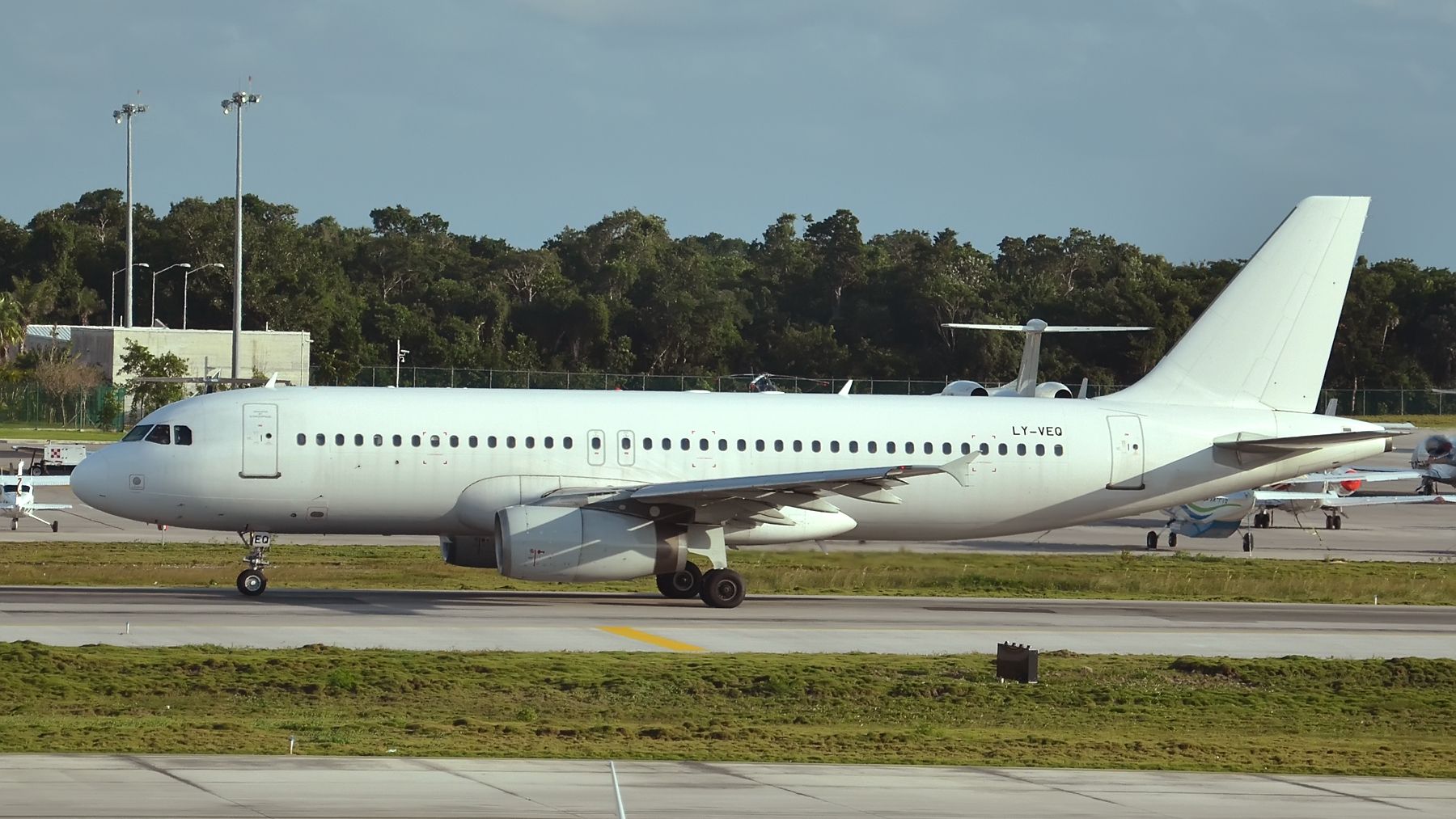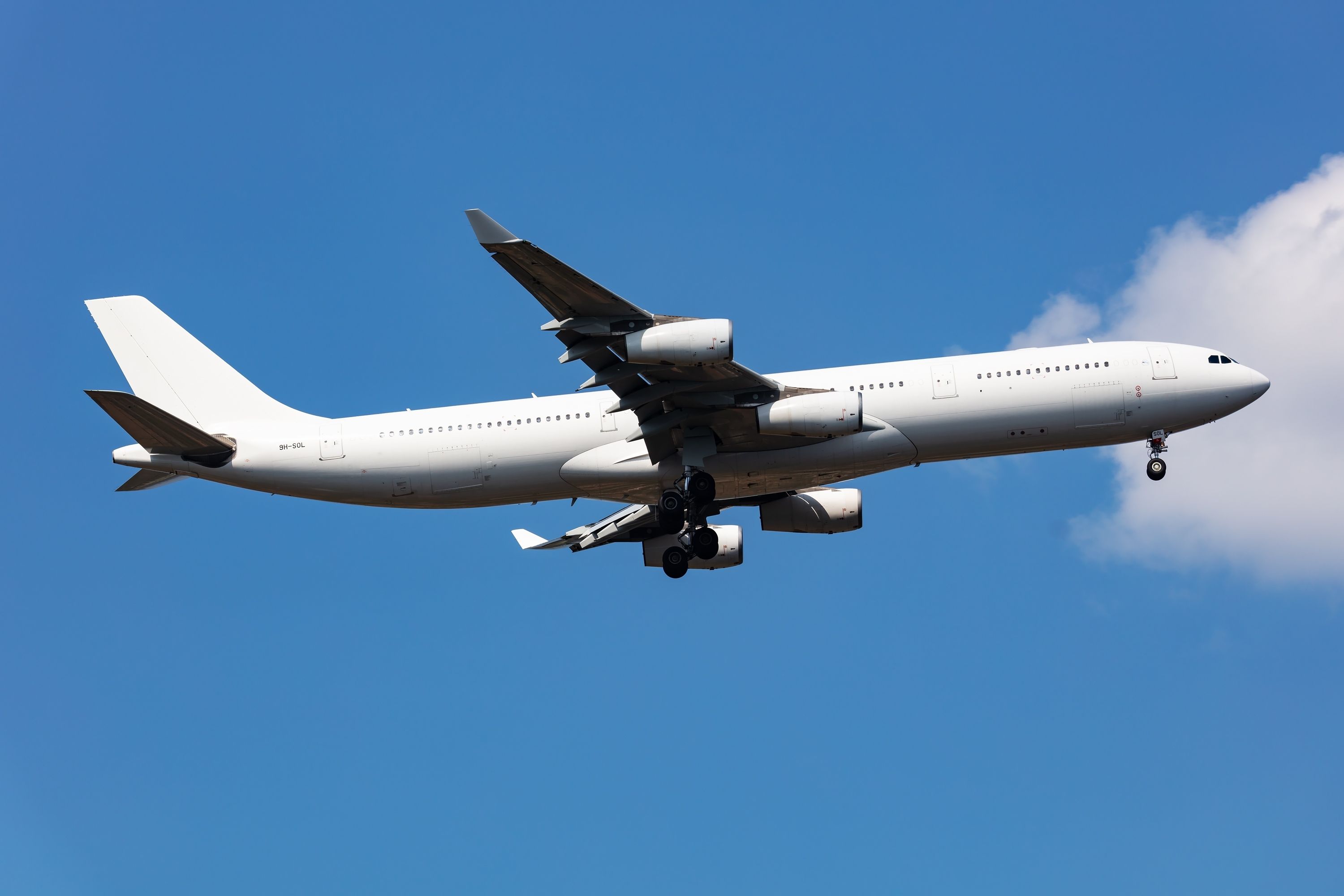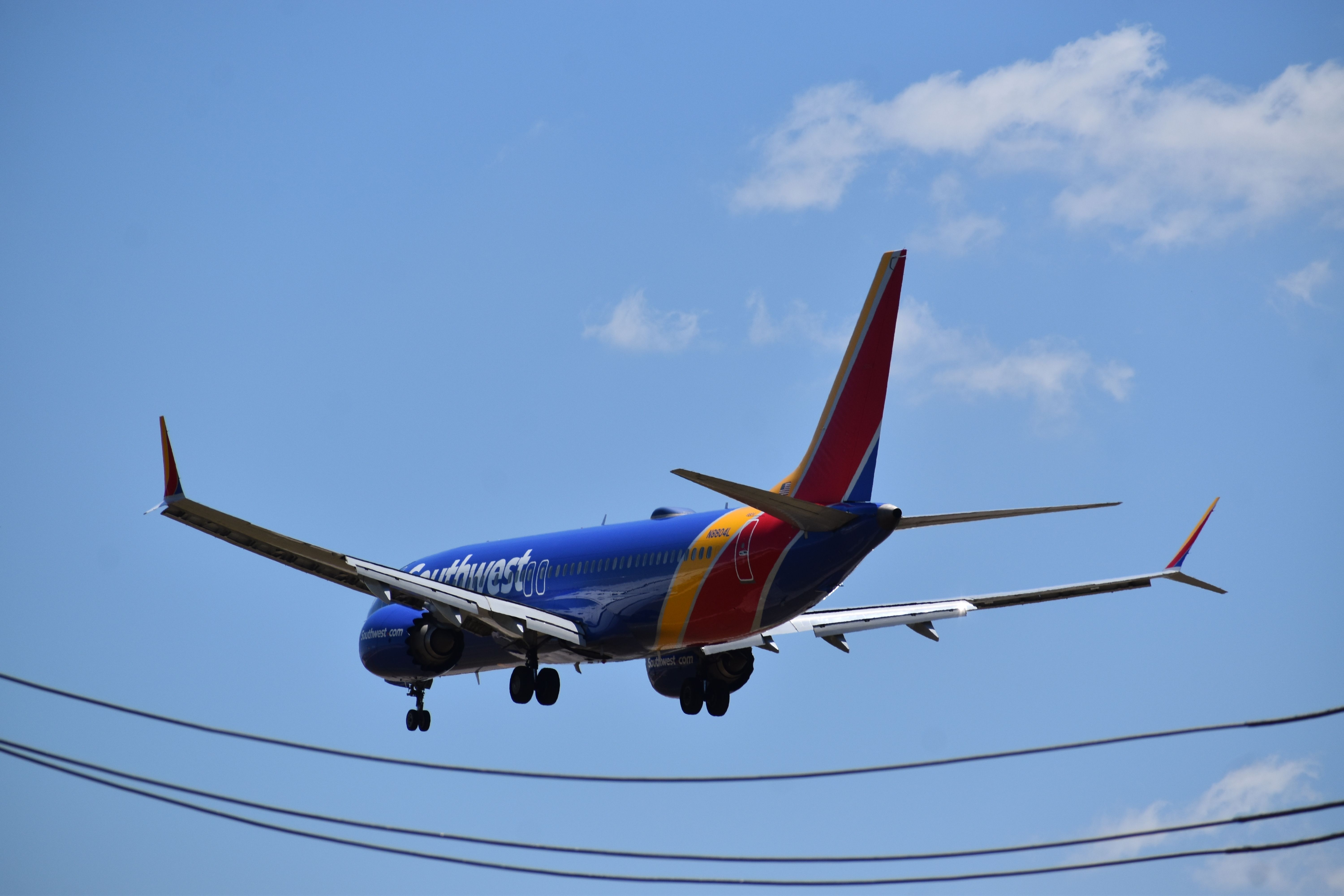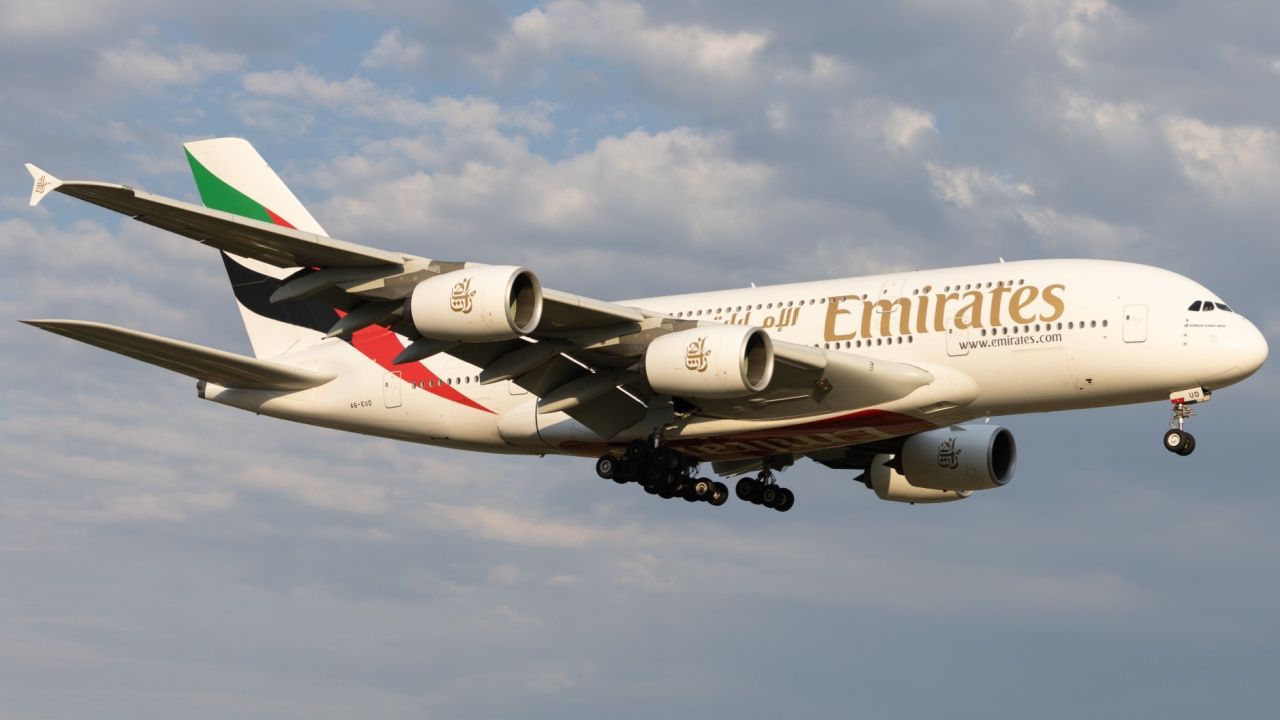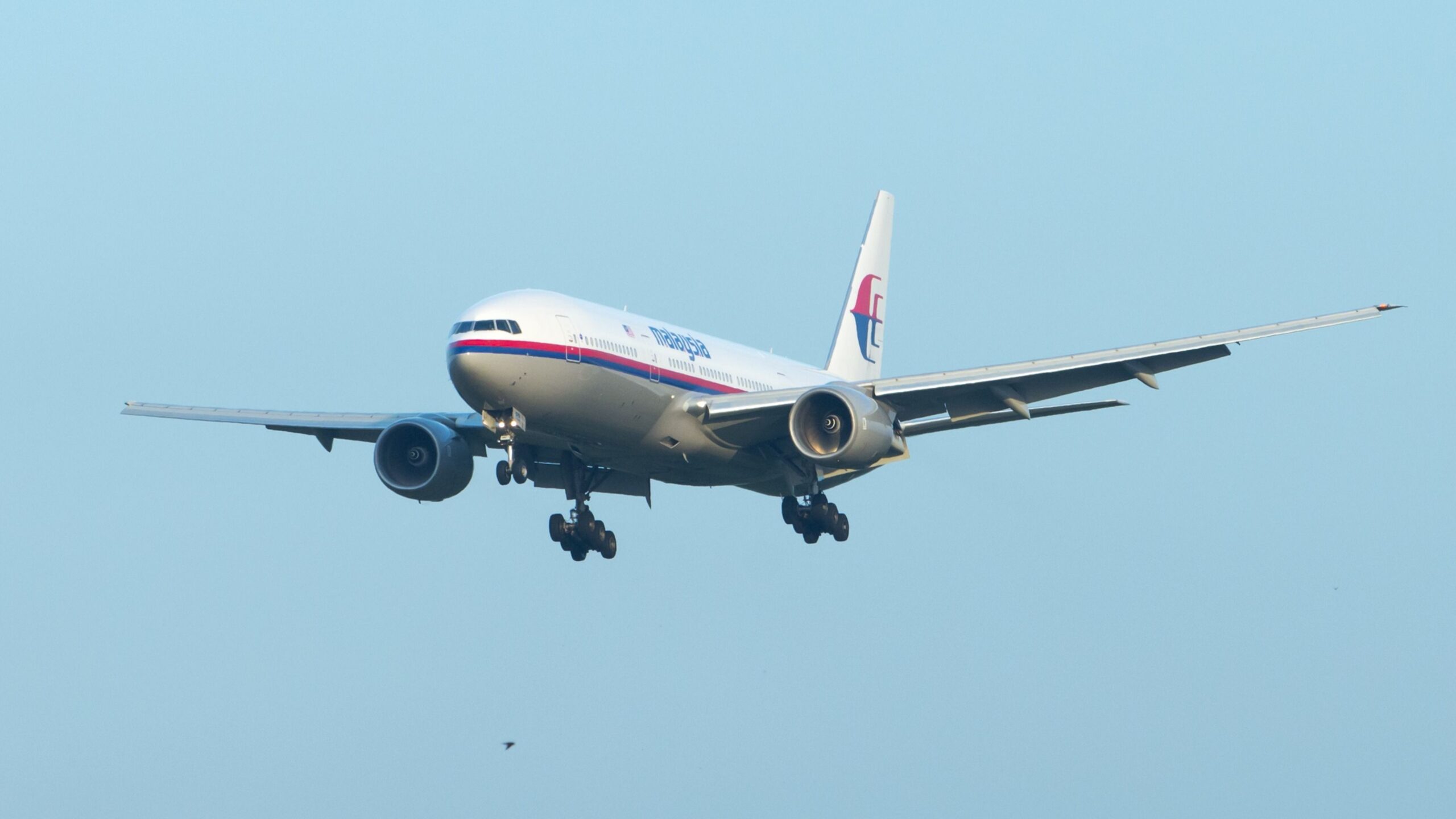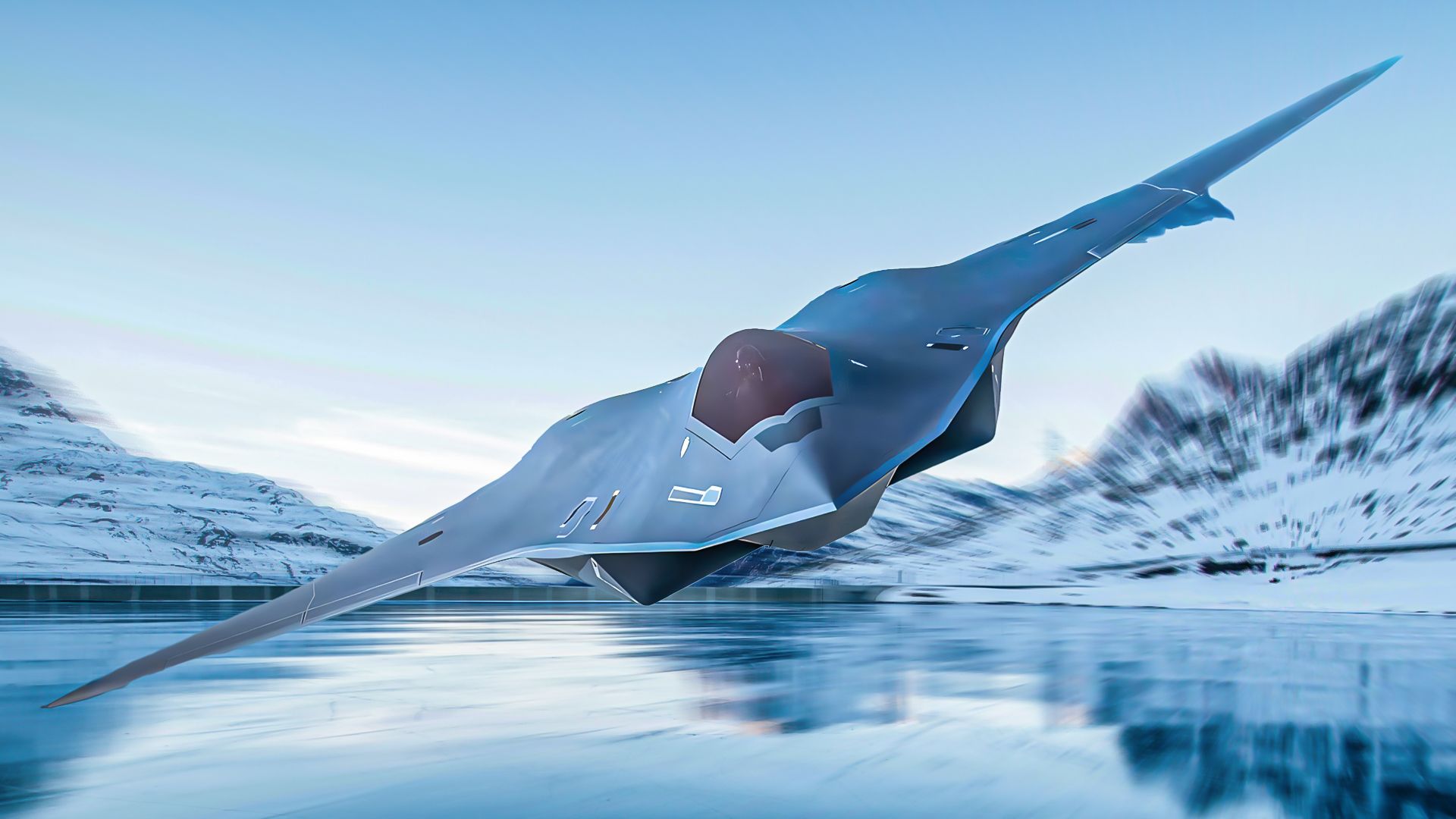Summary
- White tail aircraft are planes built without customers, often due to cancelations or lack of certification.
- The term came from a light-colored primer on the aircraft’s body.
- Offloading white tails can benefit airlines by offering a quicker way to add new aircraft to their fleet.
When assessing the state of a manufacturer’s order and delivery books, the term ‘white tail’ is one that you might come across. Such planes are not typically a good sign for a planemaker, as any unsold asset is never good. But what exactly does the term white tail mean in terms of aircraft? Let’s take a closer look and find out.
What are white tail aircraft?
Simply put, the phrase refers to built planes that don’t have a customer to go to. These aircraft have neither a livery nor a customer, leaving them with white tails, hence their name. This can arise for several reasons:
- A manufacturer might build a given aircraft despite not having a customer in order to retain its production rate.
- An airline might cancel its order for a particular aircraft.
- A customer converts their orders into other variants.
- A model may be grounded or fail to gain timely certification.
Despite the name, not all ‘white’ tail aircraft are, in fact, white, either on the main fuselage or tail itself. The term came into use as aircraft would be coated with a light-colored primer—usually light grey or white—during or after production to reflect sunlight and minimize corrosion. Nowadays, newly built aircraft are coated with a green zinc chromate or zinc phosphate primer when built, which protects the body from corrosion. However, this primer is removed and usually replaced by a light base paint.
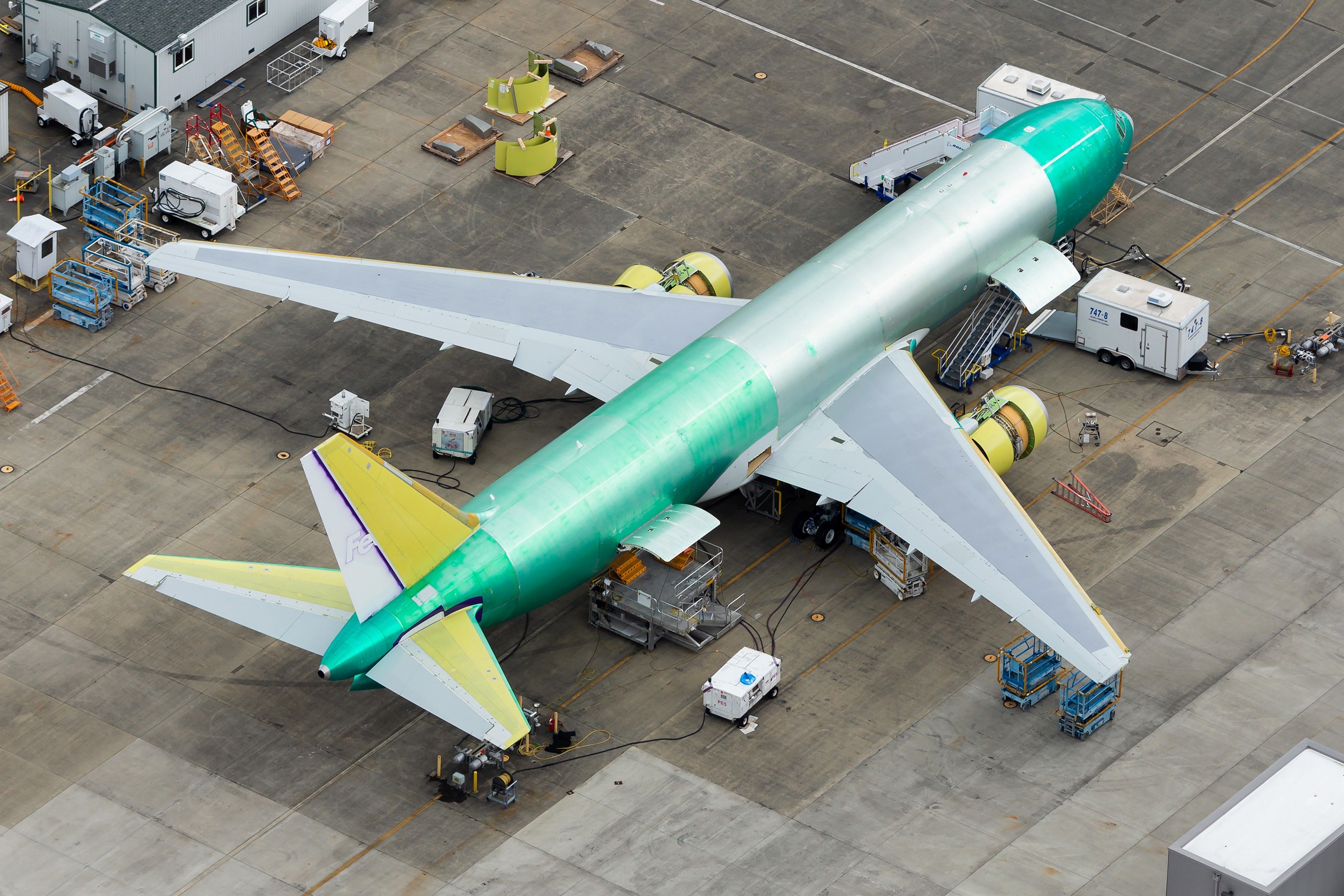
Related
Why Are Newly Built Airplanes Green?
Do you know the reason behind this aesthetic quirk?
But why is white the color chosen? There are a few reasons:
- It reflects sunlight and heat most efficiently
- Brighter colors make airframe inspections easier
- A light base color can easily be painted over
- It is cheaper than painting in other colors
How often does a white tail fly?
When an airline first acquires a white tail aircraft, it will almost certainly paint it in its colors before it begins flying. However, sometimes, white tail aircraft continue to fly as they are, without any extra paintwork.
This will usually be the case with charter and ACMI operators, as it enables their aircraft to be deployed flexibly across different brands. Occasionally, a branded airline might operate a white tail without a livery if it is desperate to add capacity on short notice.
Photo: Soos Jozsef | Shutterstock
Say informed: Sign up for our daily and weekly aviation news digests.
If you do end up spotting a white tail at the airport, the odds are it is a charter operator. Several notable charter carriers maintain a fleet of white tail aircraft, including:
- Atlas Air
- Hi Fly
- Titan Airways
Pandemic and MAX groundings
Manufacturers don’t want too many white tail aircraft on their hands – not only will it continue to cost them in terms of storage, but it can indicate to potential buyers that they are desperate to offload their products. The Boeing 737 MAX groundings – which forced multiple customers to cancel or defer orders – left Boeing with as many as 200 white tail aircraft, resulting in a significant backlog of undelivered and unwanted next-generation narrowbodies.
Since then, the US planemaker has been recovering well and has managed to offload many of its undelivered planes. Of course, these weren’t just 737 MAX aircraft, with the company also left with many white tail 787 Dreamliners when it suspended deliveries for approximately 15 months.
Meanwhile, Boeing’s European rival Airbus’s pandemic situation was more favorable—by July 2021, it was reported that the planemaker no longer had any white tails. Before the pandemic, the company had several Airbus A380 white tails after the demand for the quadjet declined and customers dropped out of their commitments.
white
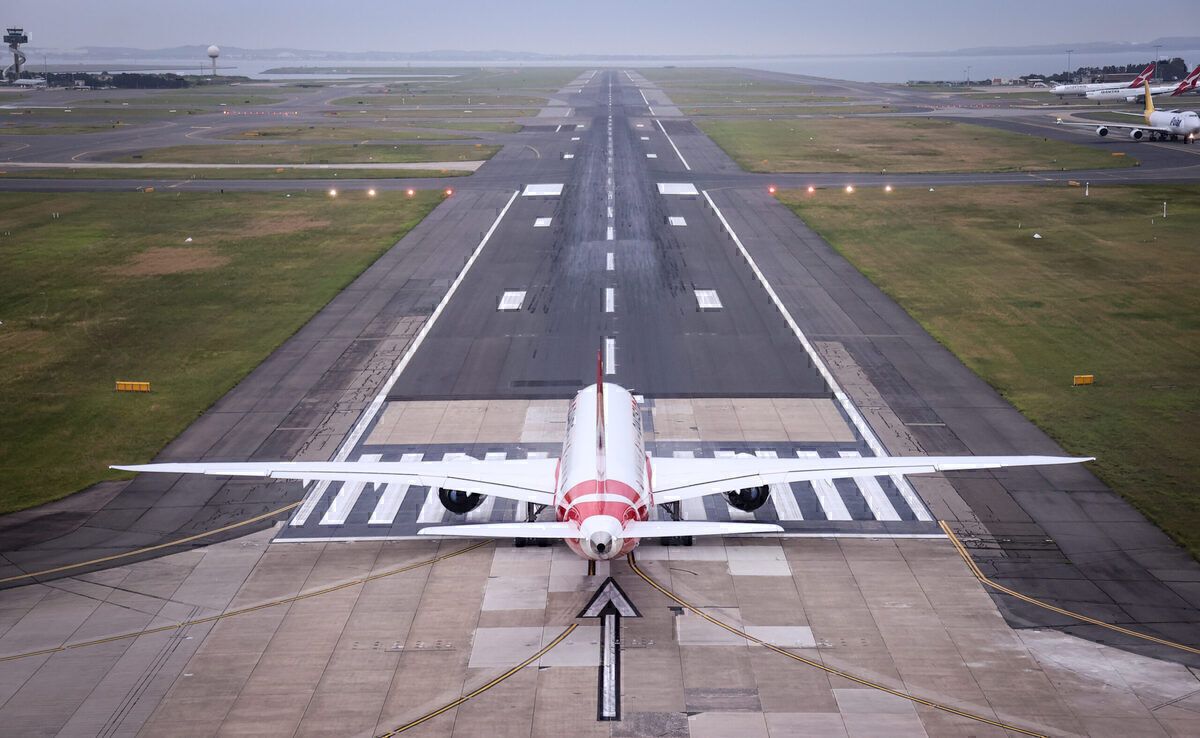
Related
Why Qantas Has Put A White Tail 787 Straight Into Storage
Let’s not forget the white tail “orphans” either. Some planes were destined to join an airline, but the deal was reneged on. In most cases, they will still be white tails, but there have been cases of aircraft already painted in the customer livery before that customer backed out. One example is seen below: a Hainan Airlines 787-9 Dreamliner that the Chinese carrier did not take up and would later join the Lufthansa fleet. These planes will also often have the cabin configuration of their intended customer.
The airline industry is always full of new developments! What aviation news will you check out next?
Airlines can benefit
Offloading white tails requires customers for the unwanted planes, and manufacturers could be willing to offer below market price to get rid of their surplus. For example, Boeing reportedly approached Delta in 2020 to re-sell its canceled MAX orders, which proved unsuccessful.
Photo: Artistic Operations | Shutterstock
Perhaps more usefully, white tail aircraft can offer airlines a quicker way of inducting new planes into their fleet rather than being stuck further back in the production queue. One airline that was able to cash in on the surplus of available 737 MAX jets was Southwest Airlines. – as early as November 2020, it became apparent that the carrier intended to acquire up to 30 aircraft. These were not additional acquisitions but would replace Southwest’s existing orders, allowing the carrier to receive the same amount of MAXs sooner.
Did you know what white tail aircraft are? Perhaps you’ve seen some on your travels? Let us know your thoughts and experiences in the comments section.

